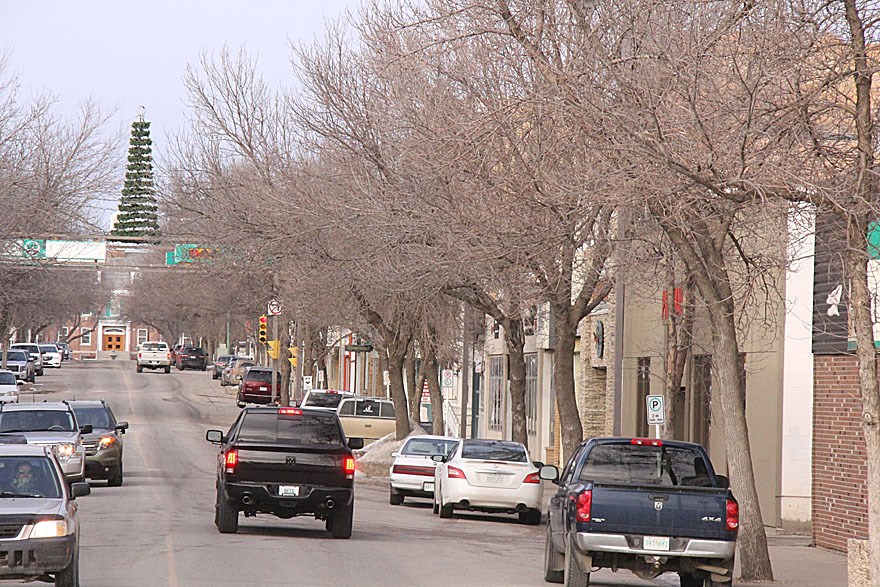The newly-released Investors Guide for the city of Weyburn, produced by Weyburn Economic Development, provides an in-depth look at the economy and demographics of the city and area, for the benefit of those looking to invest in the city.
In previewing the guide, economic development officer Twila Walkeden told city council that she feels the coming year will be a good one for the area, adding, “My sense is that the economic downturn is behind us.”
The guide points out that Weyburn was rated as the fifth best place to live in Canada, and backed up this rating with a number of statistics about the spending habits and demographics of the city, including that 49 per cent of Weyburn households has an income above $80,000.
The city’s median age has been getting lower, showing that Weyburn’s population is getting younger. In the last decade, Weyburn has seen its median age decline by seven per cent, which is three times more than any other city in the province. The median age currently is 38.7 years, which is 2.5 years younger than the Canadian average, and 51 per cent of city residents are under 40 years of age.
“This statistic demonstrates we have a large population of young people,” said Walkeden, which provides “potential for growth in the community.”
There are 4,585 households with an average of 2.3 people each, with 22 per cent of residents living in apartments. Nearly three-quarters of Weyburn workers need less than 15 minutes to get to work, compared to 44 per cent for Saskatchewan, and 28 per cent nationally.
In terms of education, about 47 per cent of Weyburn residents have post-secondary education, on par with the provincial rate. Nationally, about 42 per cent of those with post-secondary education have university degrees. In Saskatchewan, 37 per cent have bachelor’s degrees, and in Weyburn the rate is 31 per cent. Eight per cent of Weyburn-based workers work in the natural resources and agricultural sectors, twice the provincial rate, and four times the national rate.
Immigrants have formed a significant portion of the population, with 62 per cent having arrived in Weyburn since 2010, and the percentage of immigrants under 25 has grown by 84 per cent in the last five years. The visible minority in Weyburn has doubled since 2011, now about 9.5 per cent of the population, with five per cent of city residents claiming aboriginal origin.
Based on the rate of growth since 2010, the population could potentially reach 14,500 by the year 2025. Using the rate of growth from 2006 to 2015, the forecast is to reach about 12,500 by 2025.
The median household income in Weyburn is $78,592, and the estimated spending by households in Weyburn each year is $278 million.
The annual retail food market sees $36.4 million in spending each year, and restaurant food accounts for one-third of that amount. In breaking down spending on clothing, $4.2 million is on women’s and girls clothing, $3.6 million is on men’s and boys clothing, with $2.4 million on footwear, and $1.3 million on watches and jewelry.
The total amount of spending for household operations in Weyburn is $32 million, and residents spend about $20.2 million on recreation, $10.2 million on communications, $10.6 million on furnishings and equipment, $3 million on pet expenses, and $6.3 million is spent in the “other” category, which includes health care, education, tobacco and alcohol, gifts of money, support and charity.
The total amount of spending by the region’s households totals about $1 billion.
Weyburn Economic Development estimated that, at the time the guide was compiled, there was 285,000 square feet of retail space for commercial real estate available in Weyburn.
Another factor that makes Weyburn attractive is the commercial tax rate, which is the third lowest in Saskatchewan, behind only Saskatoon and Warman, and the residential tax rate is the second lowest.
Comparing the commercial property tax rate with other communities, the taxes are higher in Yorkton, Estevan, Moose Jaw and Regina, and the average in Saskatchewan is 51 per cent higher than Weyburn’s.




